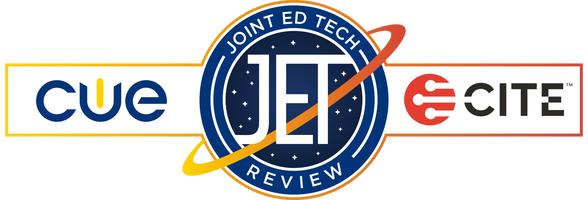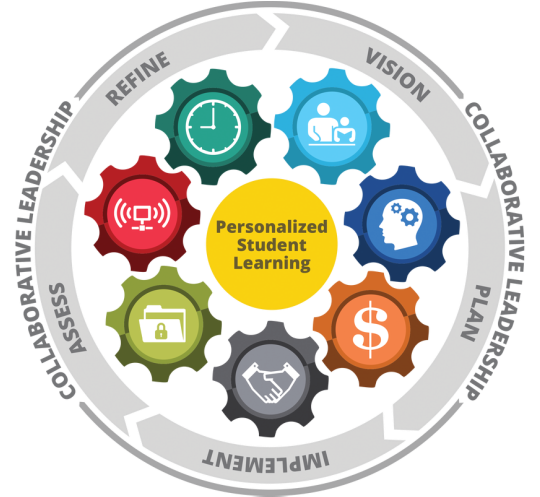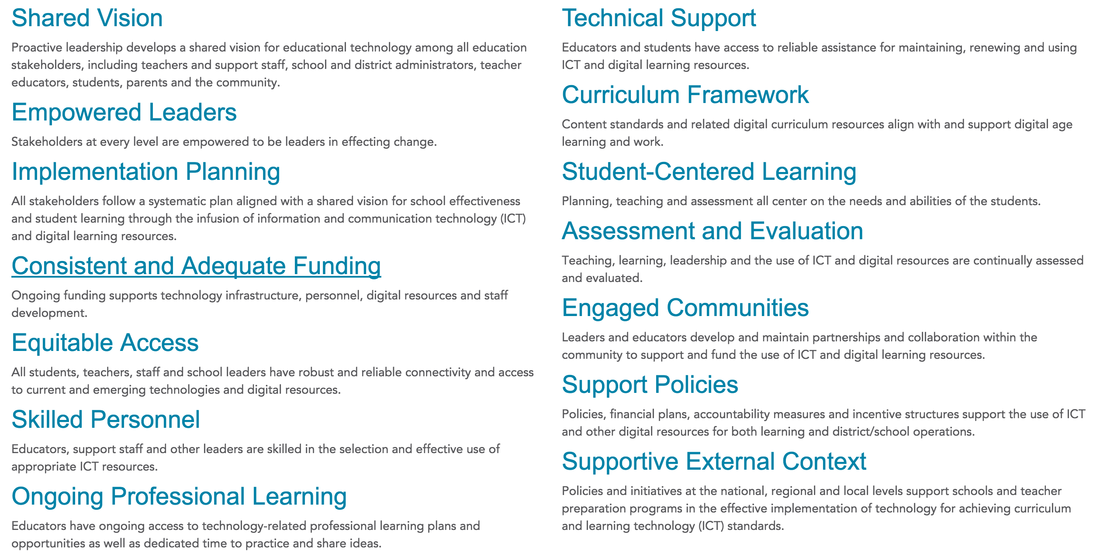- What are the key elements of a JET Review? A JET Review Team will: conduct a pre-event IT survey and review the
district Tech plan, conduct on-site analysis of MDF and IDF closets and classroom network appliances, conduct
focus groups and surveys with District Administrators, Site Administrators, certificated and classified staff and
students. Approximately 20% of classrooms will be visited as part of an Ed Tech Rounds Survey, and the results will
be tallied to determine the use of edtech in the 4Cs (Creativity, Collaboration, Critical Thinking, and Creativity) with
existing classroom tech. A final meeting with the Superintendent completes the onsite visit (typically 2 days).
After the visit is complete, the district will receive a JET Review report, written in three tiers (low cost or free
recommendations, medium to long range recommendations, and an executive tier of suggestions and strategies).
The JET Review report is written in lay person's language, so that all stakeholders may engage the report's
recommendations and suggestions. - What platform does the JET Review Team suggest? In light of tight educational budgets, the overarching goal of a
JET Review Team is to maximize whichever resources the district already owns or is planning to acquire. JET Review
Teams are staffed based on whichever platform the host district prefers. - Are JET Review Teams IT or EdTech focused? JET Review teams are comprised of a pair of highly skilled educators,
one being an IT expert (typically at the CTO level) and one being an EdTech expert (typically at the Director or Assistant
Superintendent level). The JET review team is built around the idea that technology and pedagogy are irrevocably linked
for maximum student learning. - Is a JET Review an audit? JET Reviews are not an audit, and JET Review suggestions are offered for districts to use as
the district sees fit. Since the report is built collaboratively with district personnel, the JET Review Report will naturally
reflect the innovation, solutions and tools that a district seeks. - Who can my district contact for more information about a JET Review? Either Andrea Bennett ([email protected]
or Mike Vollmert ([email protected]) will be happy to discuss any JET Review questions you may have.
What is the Future Ready Framework?
|
What are the ISTE Essential Conditions?
|




